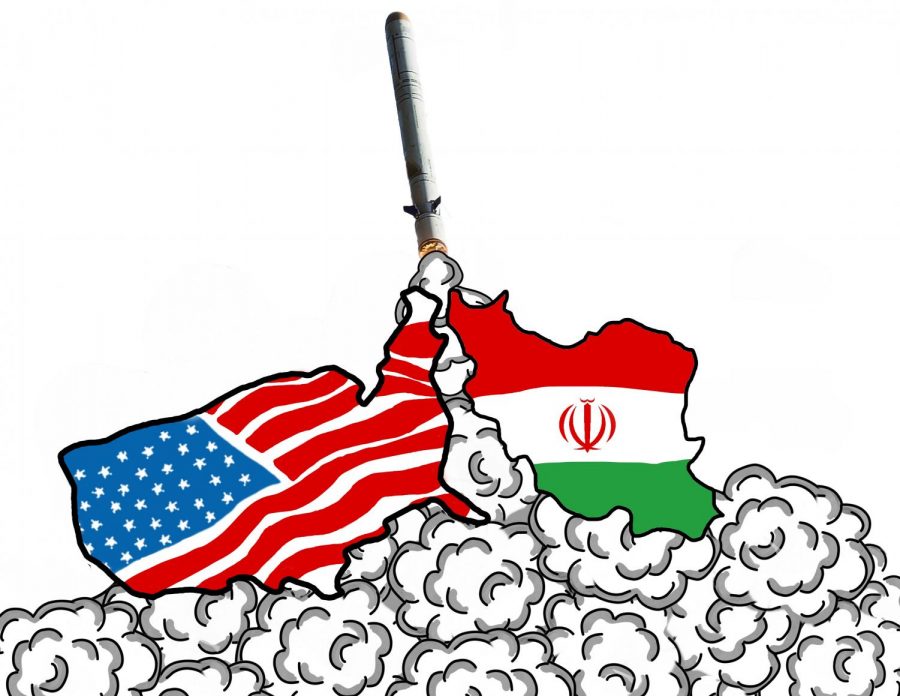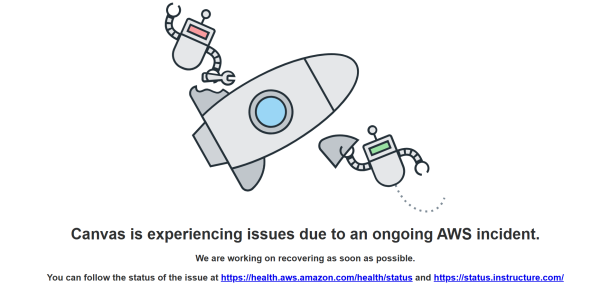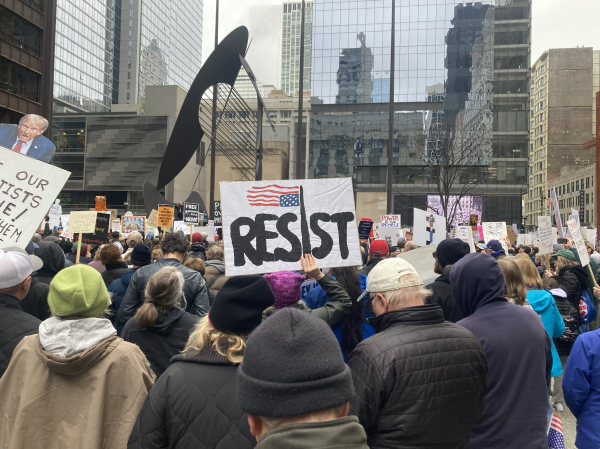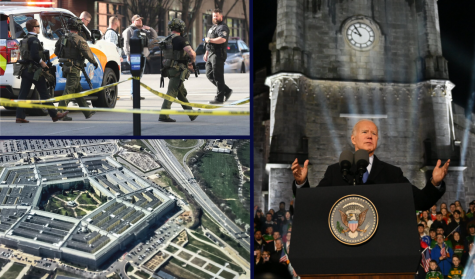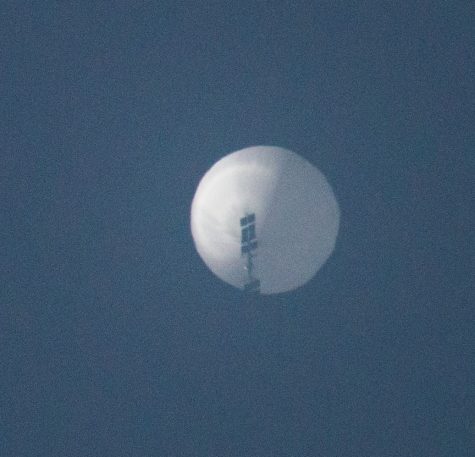Update: US – Iran Conflict
It seemed overnight that fears blew up over possible draft letters being sent out to enlist Americans into World War III. A frenzy of online outcry and memes responded to a sudden inflammation of the long-simmering conflict between Iran and the United States, starting on January 3rd. The real conflict was induced by an American missile strike that killed an Iranian war hero, General Qasem Suleimani. The decision for the bombing was a retaliation for the attack on the US embassy in Baghdad, carried out by a Iraqi militia group serving as a proxy for the Iranian government. The Pentagon claimed that Suleimani orchestrated attacks on American service members and diplomats over his many years of service. On January 8th, in retaliation for the assassination, Iran fired more than a dozen ballistic missiles at two Iraqi air bases that house U.S. soldiers. The US government initially claimed there were no injuries in the attacks, but later revised that statement, acknowledging that 50 US troops were injured, though none were killed.
This marks another deterioration of relations with Iran. Tensions had been simmering after President Trump withdrew from a nuclear deal with Iran and several other world powers in 2018. America’s withdrawal from the deal follows President Trump’s stringent policy of crippling economic sanctions. In response to this withdrawal, Iran has deliberately violated some terms of the agreement, announcing after the Suleimani assassination that it will no longer have any restrictions on Uranium enrichment and the number of centrifuges built, increasing the possibility of a nuclear armed Iran. President Trump warned that the United States had 52 significant targets if Iran chooses to escalate the conflict further.
The history between the United States and Iran has always been contentious. Starting at the end of World War II, Iran was targeted for its vast oil reserves. In conflict with increasing Arab nationalism, the CIA covertly staged a coup in 1953, bringing the Shah to power and instituting an Iranian government sympathetic to the U.S. Anti-American sentiment boiled over in the Iranian Revolution of 1979, when Ayatollah Khomeini ousted the Shah. Khomeini’s plan was to create an Islamist nationalist state without foreign intervention, which led to the Iran hostage crisis in 1979. In a series of escalations, the U.S. broke all ties with Iran, banned American exports to the country, and set sanctions. These sanctions were lifted under United Nations deal in exchange for the nonproliferation of nuclear weapons in 2015.
In response to the retaliatory bombings, there was internal backlash in Congress. On January 8th, a White House briefing on the reasoning behind the airstrike left many in Congress angry. This led to many hypothetical responses with the House planning to vote to limit Mr. Trump’s war-making authority, and Democrats are moving forward with a measure that would require the cession of all military action in Iran. All of these policies have taken a back seat in lieu of the impeachment trial, and in its wake, tensions seem to have subsided as both sides have expressed their willingness to de-escalate the conflict.


